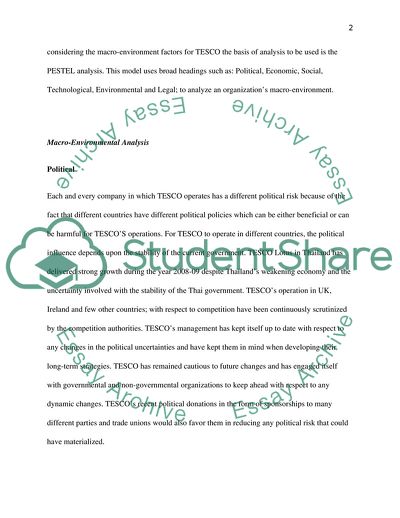Cite this document
(Macro and Micro Environmental Factors in the Organization of Tesco Case Study, n.d.)
Macro and Micro Environmental Factors in the Organization of Tesco Case Study. Retrieved from https://studentshare.org/marketing/1732083-a-critical-analysis-the-impacts-of-macro-and-mirco-environmental-factors-to-the-organization-of-tesco-and-the-marketing-mix-decisions
Macro and Micro Environmental Factors in the Organization of Tesco Case Study. Retrieved from https://studentshare.org/marketing/1732083-a-critical-analysis-the-impacts-of-macro-and-mirco-environmental-factors-to-the-organization-of-tesco-and-the-marketing-mix-decisions
(Macro and Micro Environmental Factors in the Organization of Tesco Case Study)
Macro and Micro Environmental Factors in the Organization of Tesco Case Study. https://studentshare.org/marketing/1732083-a-critical-analysis-the-impacts-of-macro-and-mirco-environmental-factors-to-the-organization-of-tesco-and-the-marketing-mix-decisions.
Macro and Micro Environmental Factors in the Organization of Tesco Case Study. https://studentshare.org/marketing/1732083-a-critical-analysis-the-impacts-of-macro-and-mirco-environmental-factors-to-the-organization-of-tesco-and-the-marketing-mix-decisions.
“Macro and Micro Environmental Factors in the Organization of Tesco Case Study”. https://studentshare.org/marketing/1732083-a-critical-analysis-the-impacts-of-macro-and-mirco-environmental-factors-to-the-organization-of-tesco-and-the-marketing-mix-decisions.


